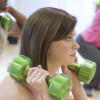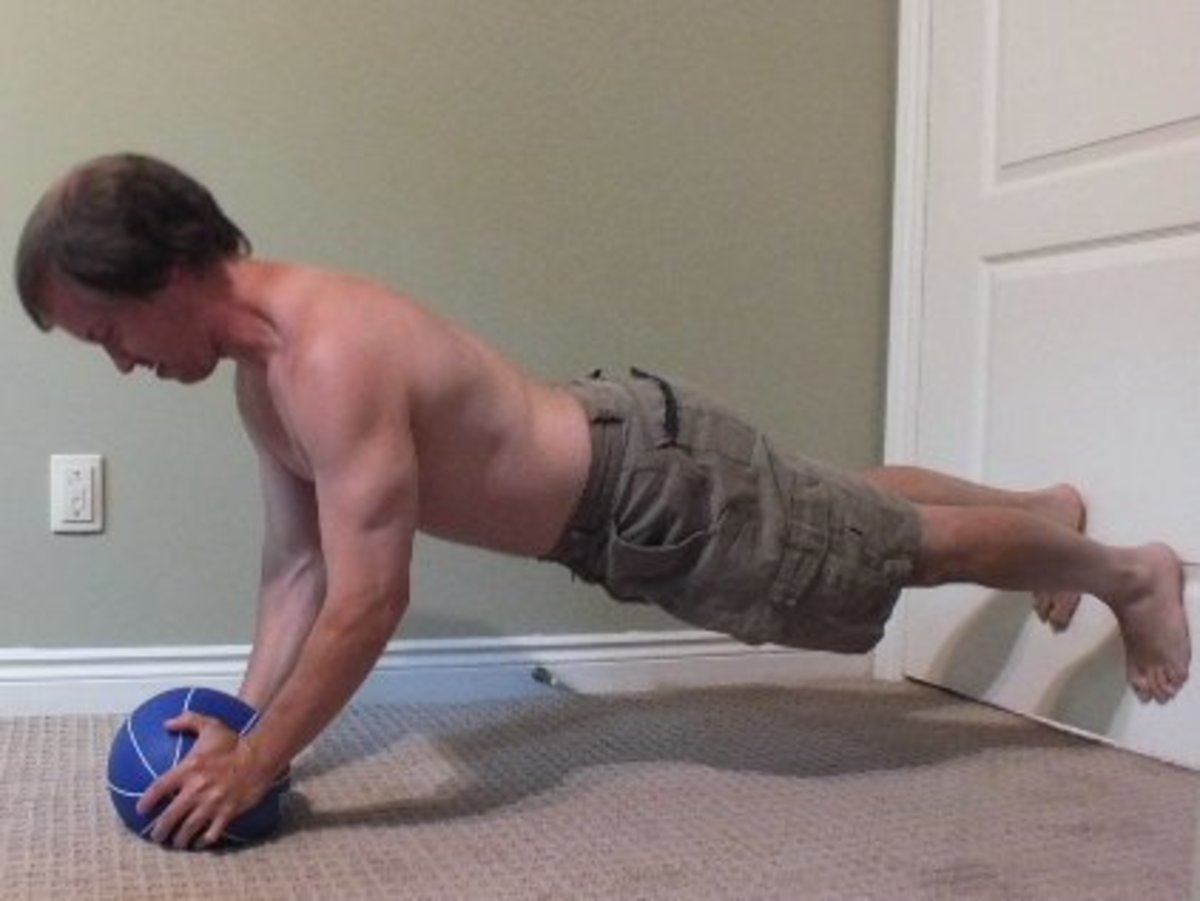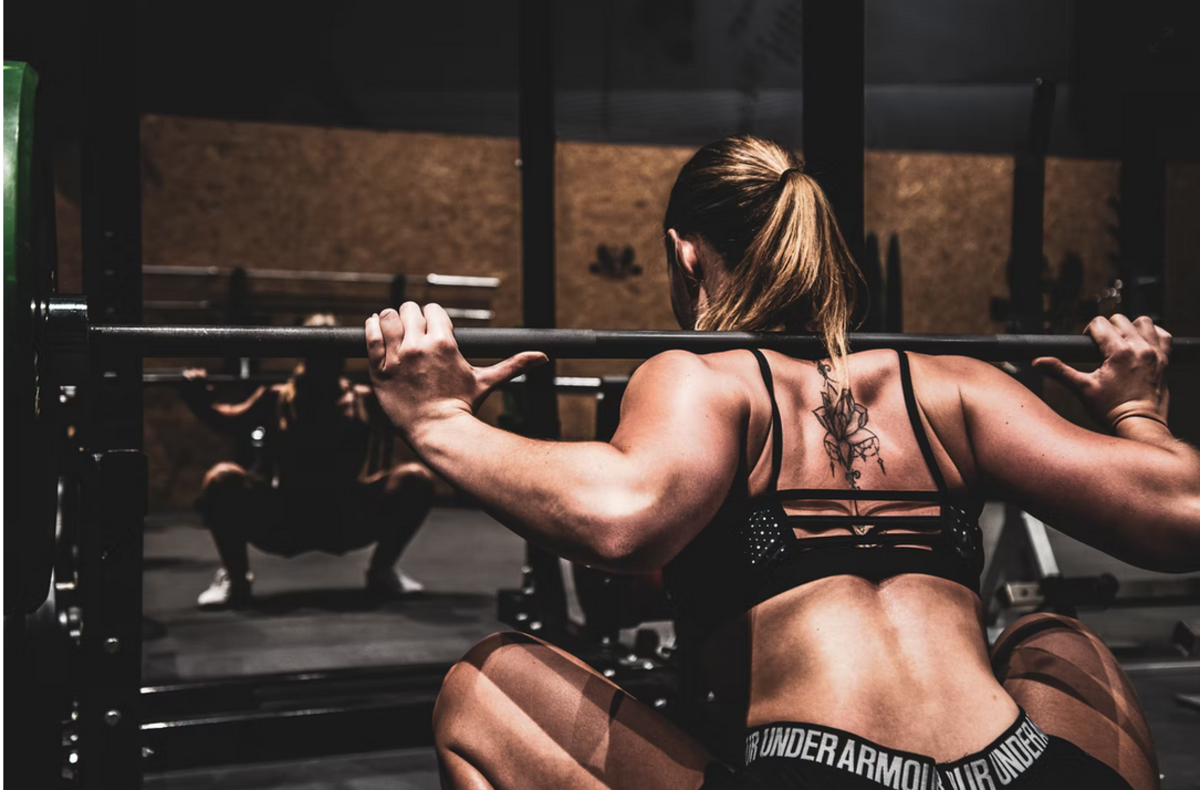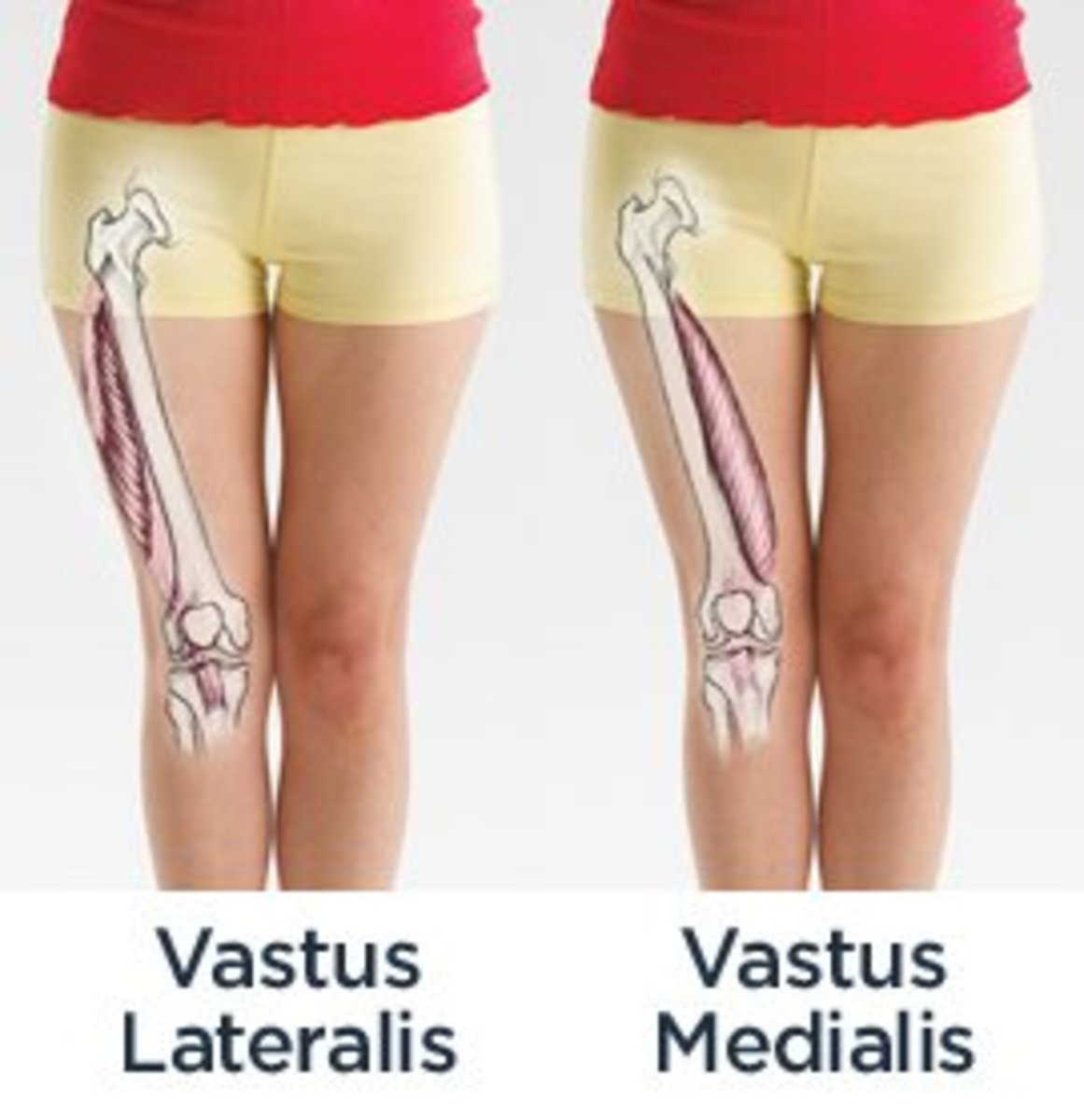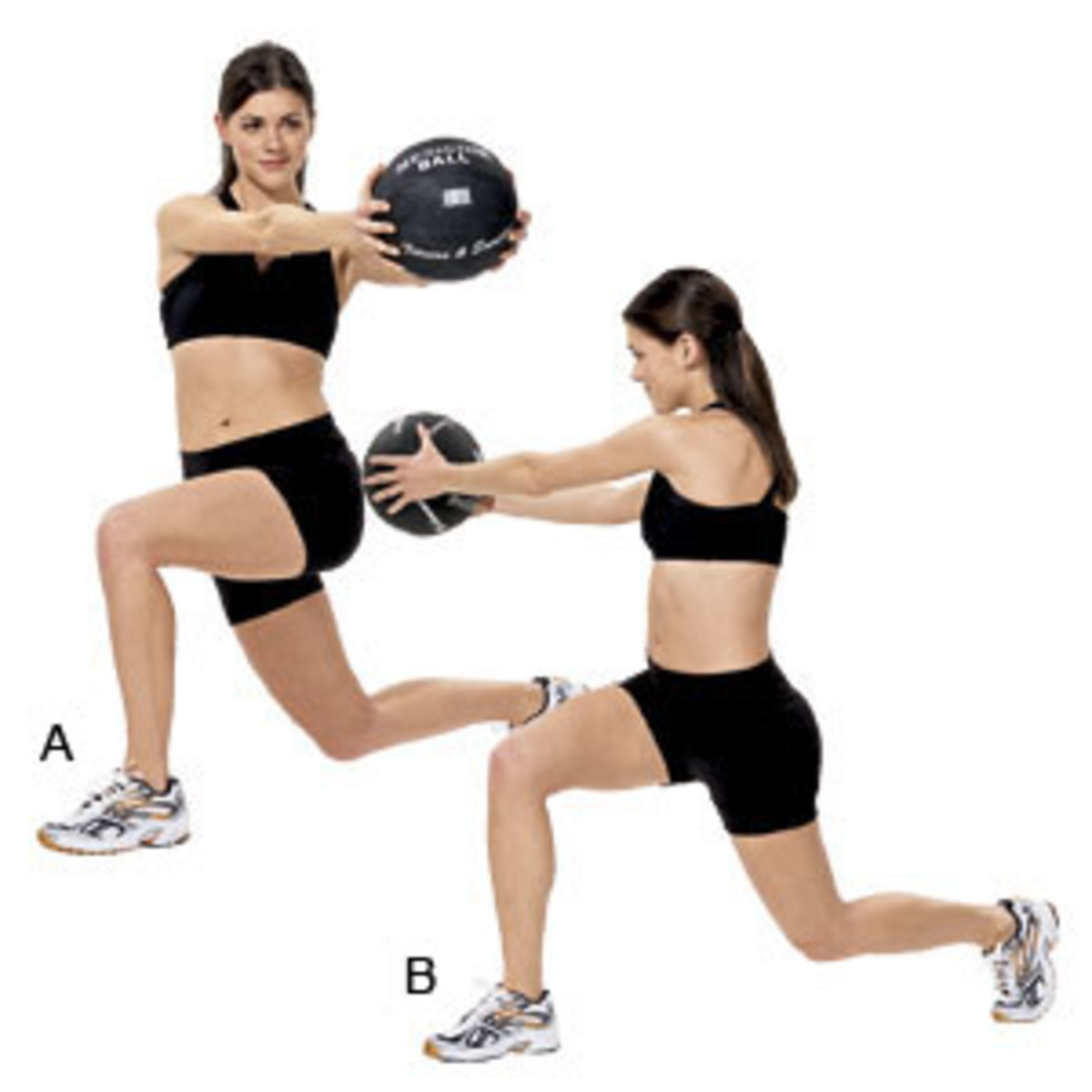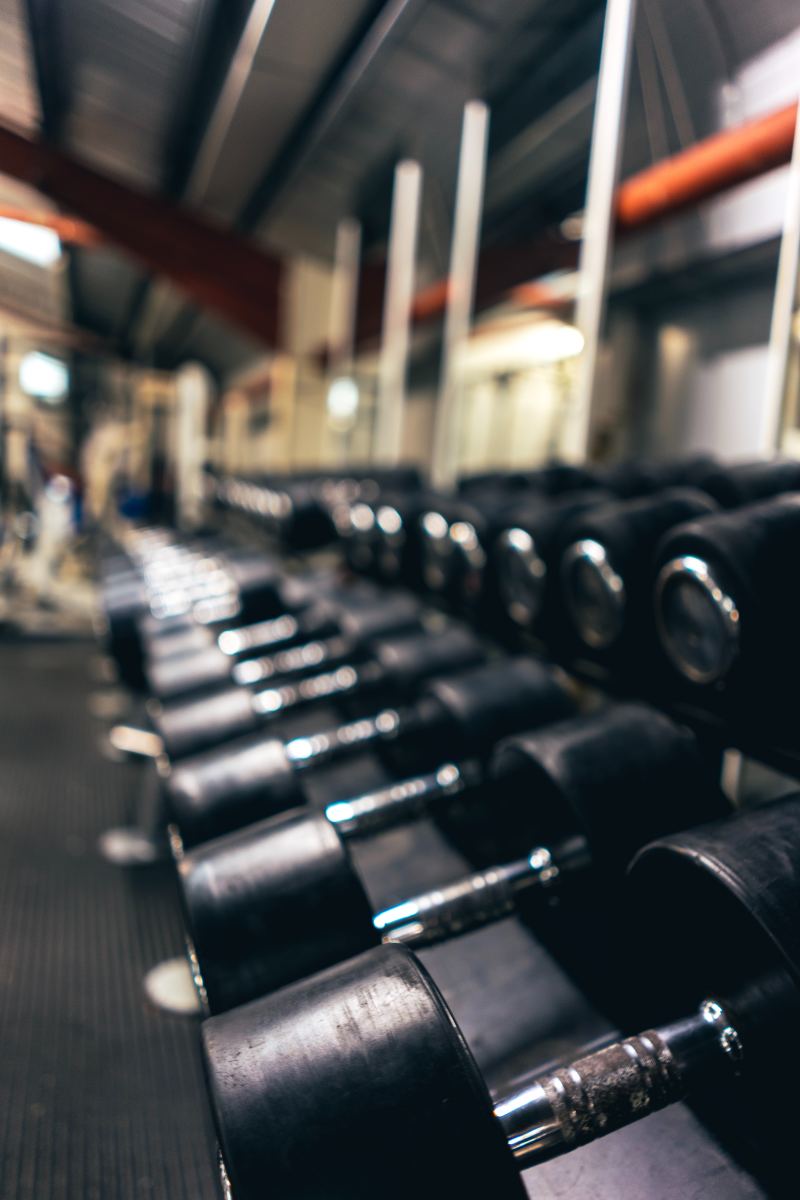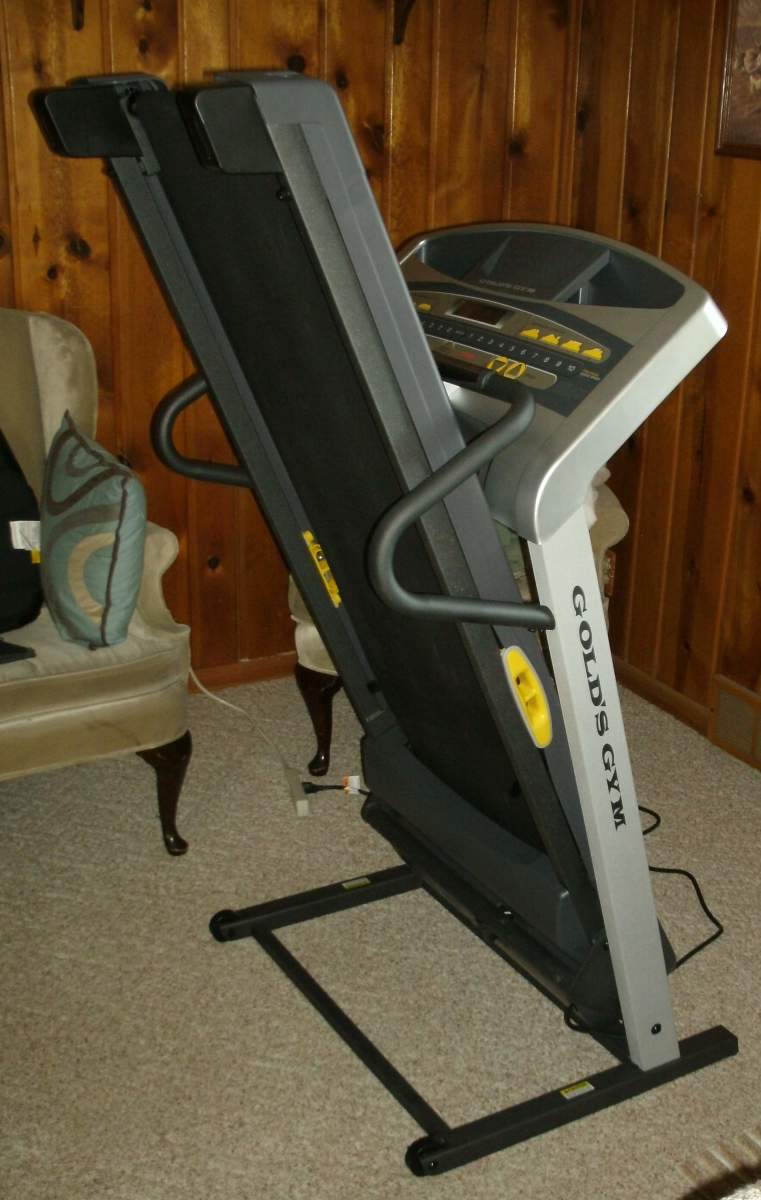Better Posture, Confident You: Ways to improve posture and decrease back pain
Poor posture decreases confidence and damages the spine
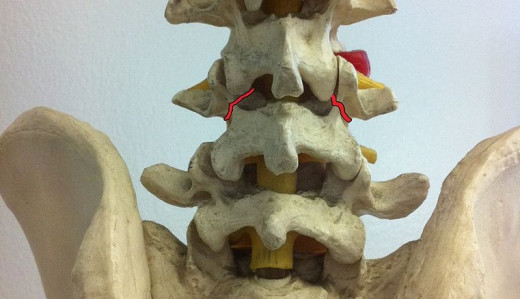
The Problem: Why you have back pain
Poor posture creates back pain, can strain muscles, and cause joints to become dislocated. As the spine and other joints and muscles remain in an unnatural position, it creates strain on the opposite muscles and portions of the back and body. This can cause an increase in back injury, ‘out of place’ spine, pulled muscles or twisted joints. Poor posture also portrays lack of confidence and uncertainty. Individuals who slouch, slump, or shuffle are generally regarded as less competent. It’s unfair, but fortunately, you can do something about poor posture.
The History
Until recently, modern references to the curvature of the back referred to an s shape. Many people still think of the back as being in an s shape and visualize their spine with the s curve. Yet, recently Esther Gokhale produced findings from a 20 year study which found that indigenous cultures maintain a j shape in their spine. She further discovered 1800s medical portrayals of the spine followed the j shape. Ancient cultures, including Greek statures, include the j shape. It is believed that this shape is a more natural and proper shape for the spine. The upper curvature of the s is caused by the hunch of sitting over a desk and a sedentary lifestyle. Changing your understanding of proper back form will assist in maintaining a healthy back shape, but there are more actions that you can take.
Yoga improves Posture
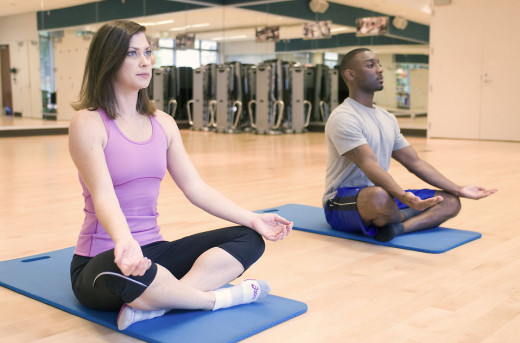
Pilates and Yoga
Pilates is designed to improve not only physical strength, but also flexibility, posture, and mental awareness. Yoga is a Hindu discipline which includes breathing control, meditation, and body postures. Yoga increases body awareness. It also strengthens the core and lengthens the spine. Yoga has even been shown to reverse the age related posture called dowager’s hump. Dowager’s hump forms in the upper back and is forms from vertebra compression fractures in the spine. Participating in Yoga or Pilates will improve awareness of good posture, core strength and flexibility.
Train muscle memory
Chiropractors credit bad muscle memory as the primary reason for dislocated vertebra. Improper posture contributes to muscle memory that will revert muscles to poor posture and cause increased injury under strain. Muscle memory is one reason that retraining the body during repetitive actions is easier as the repetition continues over time. This can work for and against you. If you maintain proper posture, then even under strain, muscle memory will bring the body back into alignment. Sadly, it works the opposite was as well. If the muscles are trained poorly, then when the body goes into good form, muscle memory tries to pull the body back into improper form. So it may take some time and practice to retrain your muscles.
One way to help train proper muscle memory is to stand against a wall. Let the back of your head, shoulders and back touch the wall. It may feel uncomfortable, but regular practice in this position will help to retrain the muscle memory. Another action you can take is to stand up straight, roll your shoulders back and lift the chin. The chin should still be slanted downward. Open the hips and look forward. This pose portrays confidence.
Your Body Language shapes who you are
Back Pain
How often do you suffer from back pain?
Stretch
Muscles on one side of the spine become lengthened and weakened while the muscles on the other side become shortened and firm. When force, weight or other strain occurs, the muscles do not work together to keep the back healthy and pull out of place causing damage and pain. This often becomes a chronic issue. Back pain and curved, twisted and unbalanced spine are the results of unbalanced muscles. Stretching the back, hamstrings and shoulder muscles helps to stretch out the shortened muscles and provide relief to back pain. Stretching helps to lengthen muscles.
One stretch that is effective is to reach for the sky while doing lunges. Another stretch is to do snow angels while laying down.
Lifting weights strengthens the back
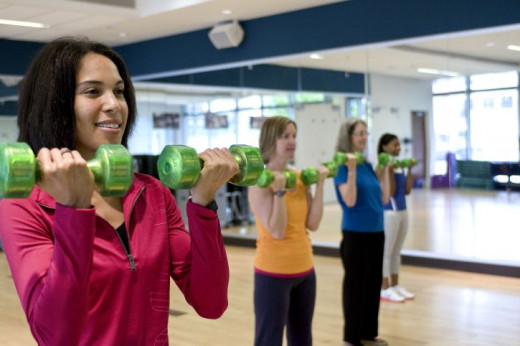
Lift Weights
The National Osteoporosis Foundation reports that weight bearing and muscle strengthening exercises are the two most important activities for building bone density and preventing osteoporosis. Weight bearing activities include dancing, hiking, jogging, jump rope and stair climbing. Those who have had injury, bone breaks or need to participate in low-impact weight bearing activities can exercise on the elliptical, stair climbers, and walking. The The National Osteoporosis Foundation cites muscle strengthening exercises as including the following: lifting weights, kettle bells and dumbbells, using exercise bands and using weight machines. Weight bearing exercises strengthen muscles and provide better support for the skeletal structure. Even exercising with 2-3 lb. dumbbells is highly effective for improving muscle and bone strength.
Rowing exercises increases lower and upper back strength

Rowing Exercises and Pull Ups
Hunching over a desk all day weakens upper back and shoulder muscles. Pull-ups and rowing machine exercises improves the back and shoulder muscles, but a few minutes should be spent on proper form. Occasionally, individuals with poor posture will assume poor posture on the rowing machine, which can harp the back. The right form can be learned in as little as 10 minutes and it is important to starting with little resistance to help train proper form and to prevent injury. Rowing also strengthens core strength and increases mobility and range of motion. Full rowing motions will strengthen shoulder mobility and combat poor posture. Weight lifters can see over tightened chest and pectoral muscles, which causes hunching. Rowing stretches the upper back muscles and improves the balance and length of muscles between the chest and upper back. Pull ups and rowing opens up the chest, straightens the upper back and reduces the uneven muscle support.
Walk
In addition to being a weight bearing activity which improves bone density, walking also opens up the body from crouched and hunched positions. Sitting at a desk is harsh on the spine. Good walking involves minimal heel thickness so get rid of the heels! Studies have shown that prolonged use of high heels can actually shorten the hamstrings and cause back problems. Users of high heels often experience additional pain in the heels of the feet from the pull of the shortened leg muscles. Try to walk barefooted as often as possible. While standing, stand on the entire foot. Putting your weight on either your heel or the balls of the foot causes undue strain on the ankles, knees and hips. That in turn strains the back and harms posture.
Walking Barefooted teaches healthy walking and good posture
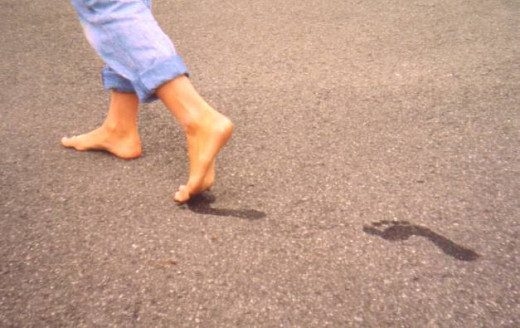
Vitamins D and Calcium:
These symbiotic nutrients are powerful protectors of bone strength and maintaining good posture in older age. Individuals should consult a doctor before taking calcium supplements and studies have found that most individuals get enough calcium in their normal diet. However, the human body doesn’t absorb calcium well without Vitamin D. Fortunately Vitamin D is free. So get outside and enjoy the sunshine. Walk barefooted through the grass, on the beach, or along the trail. In addition to giving your body more valuable Vitamin D, sunshine has been shown to improve mood and decrease stress!
There are simple things you can do to improve posture
- Pilates and Yoga increase body awareness and improve posture
- Train Muscle Memory by practicing good posture
- Stretch to even out shortened muscles
- Lift Weights to improve Core strength
- Walking fights against osteoporosis
- Get plenty of Sunshine and Vitamin D to help your body better absorb Calcium and strengthen your bones!

Conclusion
Posture affects your health and mood. Gaining better posture can be as simple as going for a walk, or sitting straight. It can also be relieving stress through Yoga or Pilates. So stand up, straighten up, enjoy some sunshine and portray confidence. You deserve it and will be glad you did it!
© 2015 Healthy Exercize
